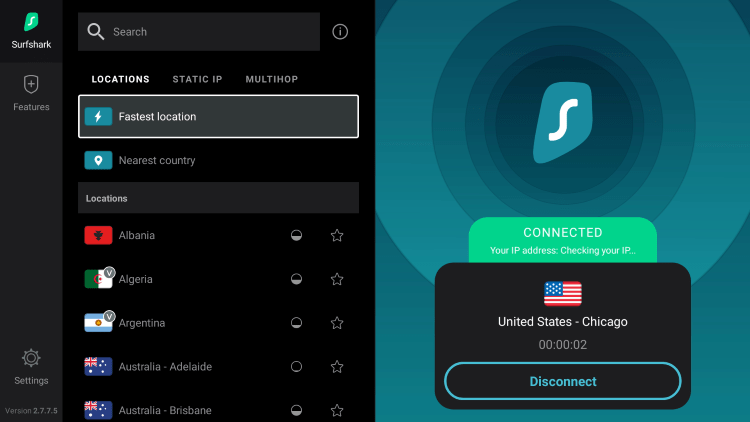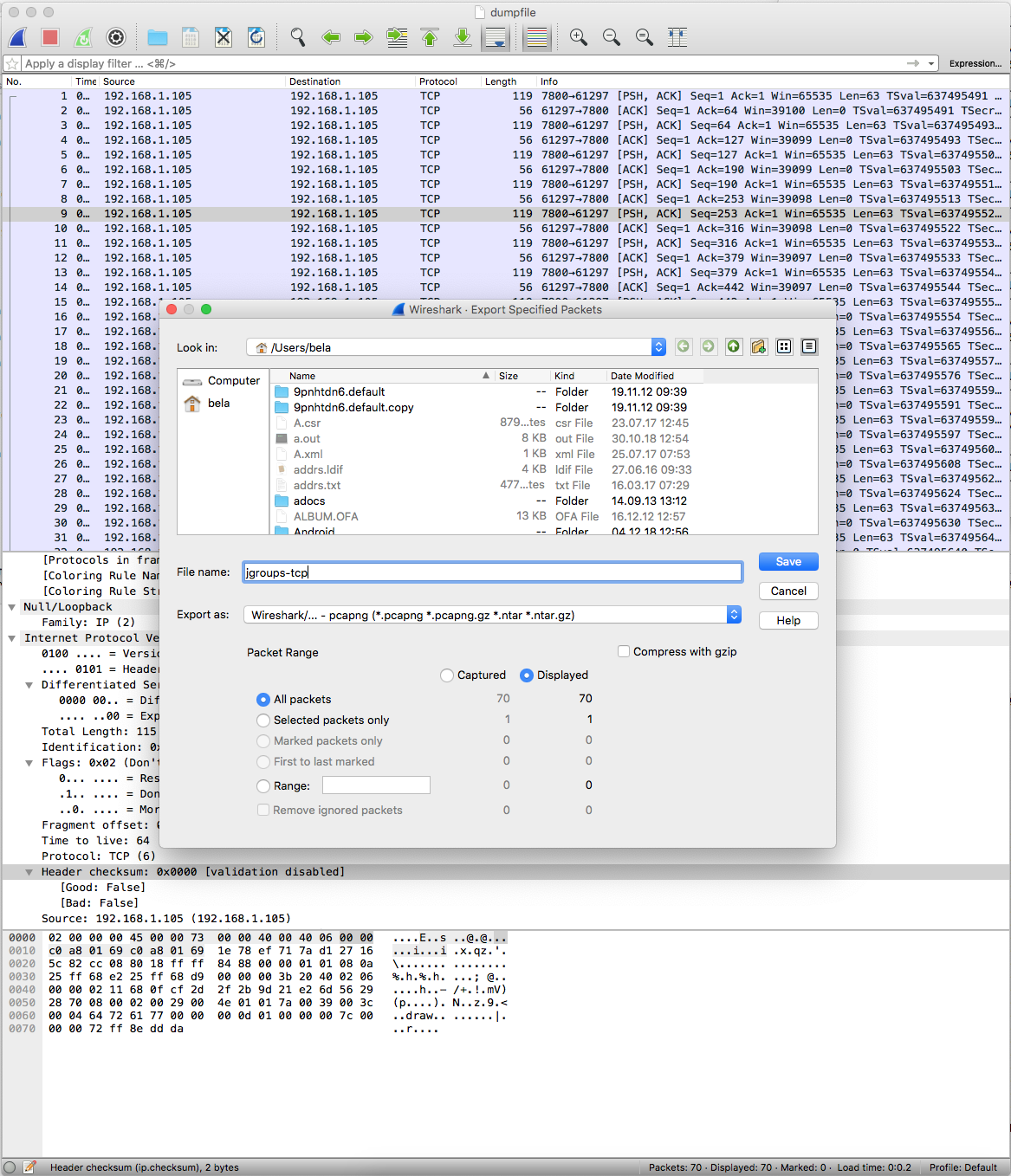

What are the values of the source and destination ports? This is the web server replying to the initial request to start a session. Select the next packet in the three-way handshake. What is the relative sequence number set to?ĭ. Well-known, registered (HTTP or web protocol) How would you classify the destination port? In this example, the source port is 58716. Note: You may have to adjust the top and middle windows sizes within Wireshark to display the necessary information.Īnswers will vary. Locate the flag that is set in this packet. Click the arrow to the left of the Flags. Locate the source and destination port information.Ĭ. Click the arrow to the left of the Transmission Control Protocol in the packet details pane to expand the and examine the TCP information.


In the packet list pane (top section of the main window), select the first packet, if necessary.ī. In this example, frame 1 is the start of the three-way handshake between the PC and the server on H4. Step 2: Examine the information within packets including IP addresses, TCP port numbers, and TCP control flags.Ī. In this example, the first 3 frames are the interested traffic. Select the saved pcap file located at /home/analyst/capture.pcap.Ĭ. Click OK when prompted by the warning regarding running Wireshark as superuser. Part 2: Analyze the Packets using Wireshark Step 1: Apply a filter to the saved capture.Ī. After the tcpdump starts, quickly navigate to 172.16.0.40 in the Firefox web browser. This capture will stop after capturing 50 packets, as it is configured with the option -c 50. With the -v option, you can watch the progress. After the Firefox window opens, start a tcpdump session in the terminal Node: H1 and send the output to a file called capture.pcap. home/analyst//scripts/reg_server_start.shĮ. Log in with username analyst and the password cyberops.ī. Internet access Part 1: Prepare the Hosts to Capture the TrafficĪ.A PC can have multiple, simultaneous, active TCP sessions with various web sites. For example, when a PC uses a web browser to surf the Internet, a three-way handshake is initiated, and a session is established between the PC host and web server. In this lab, you will use Wireshark to capture and examine packets generated between the PC browser using the HyperText Transfer Protocol (HTTP) and a web server, such as When an application, such as HTTP or File Transfer Protocol (FTP) first starts on a host, TCP uses the three-way handshake to establish a reliable TCP session between the two hosts. Part 3: View the Packets using tcpdump Background / Scenario.Part 2: Analyze the Packets using Wireshark.Part 1: Prepare the Hosts to Capture the Traffic.


 0 kommentar(er)
0 kommentar(er)
